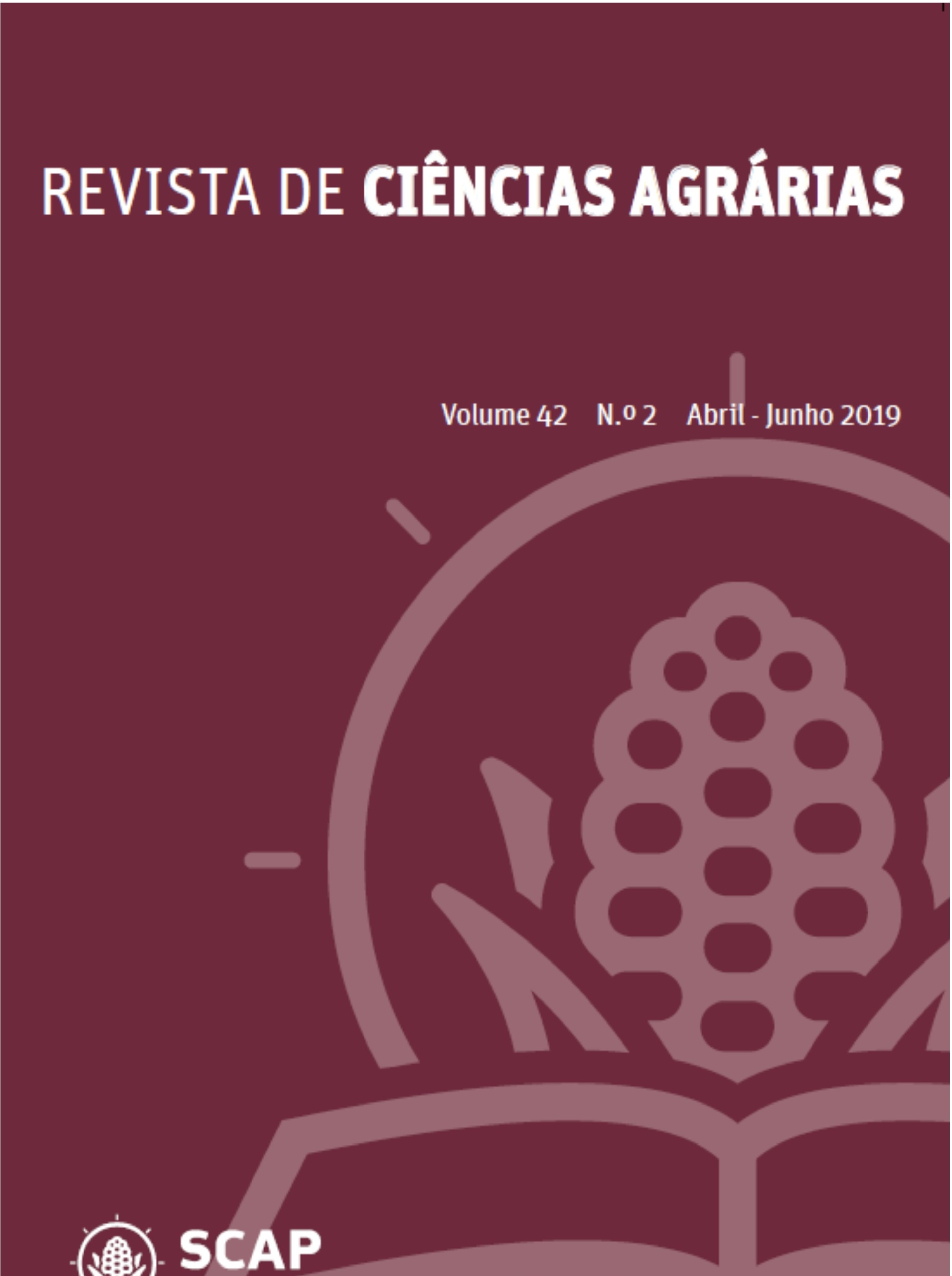Embebição e emissão da raiz primária de sementes de Campomanesia adamantium em função da temperatura
DOI:
https://doi.org/10.19084/rca.15654Abstract
Campomanesia adamantium is a native Brazilian Cerrado species with potential for use in human food, herbal medicine and the beverage industry. Aiming to characterize the process of soaking and primary root protrusion of C. adamantium seeds at different temperatures, this work was developed. After pulp removal, seeds were evaluated for water content and initial characterization of the physiological quality. To study the soaking process, the seeds were exposed at temperatures of 20, 25 and 30 °C and then, data of seed mass and number of seeds with primary root protrusion were obtained at pre-established intervals. Peleg’s model was fitted to the soaking data and 95% confidence bands were constructed for statistical comparison of the curves. The soaking at the temperature of 30 ° C was faster than at the other temperatures. The Peleg’s model was efficient to describe the process of water absorption of the seeds. High temperatures (30 ° C) favor the rapid imbibition and primary root protrusion in C. adamantium seeds. Phase II of the seed imbibing process of this species is short and phase III is not well defined by high water uptake.


